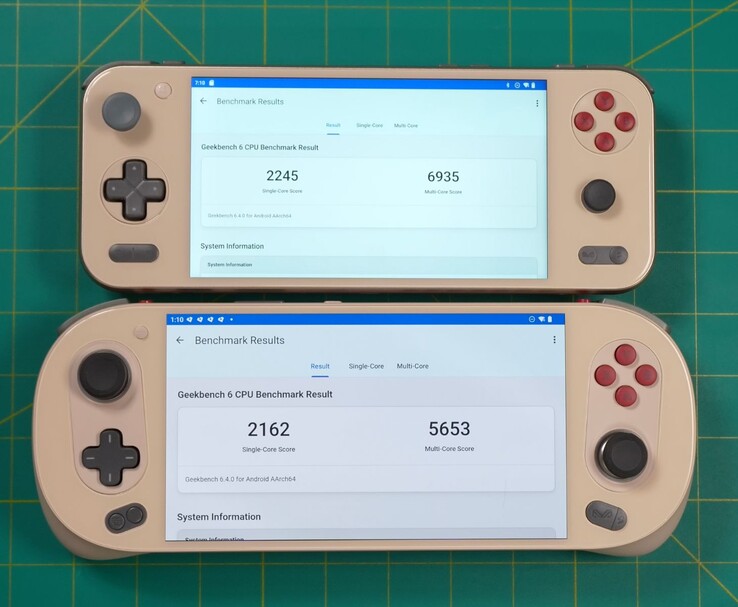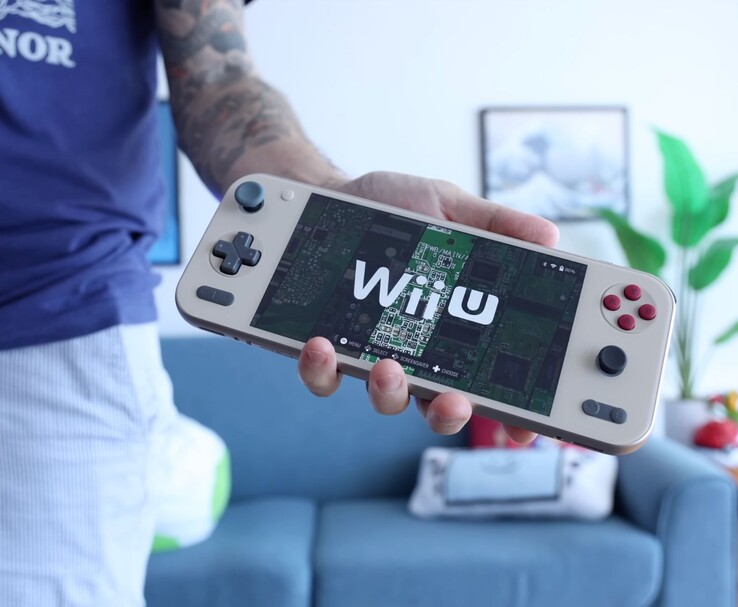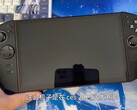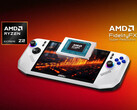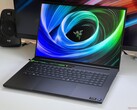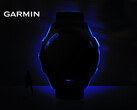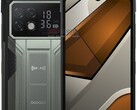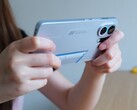Ayaneo Pocket S2 was just put through a brutal 100-hour stress test by Russ from Retro Game Corps. And surprisingly, it didn’t overheat, throttle, or fall apart.
Over the course of testing, the Ayaneo Pocket S2 held up remarkably well in real-world gaming, even if its performance bump over earlier Ayaneo models like the Pocket Evo and Pocket S wasn’t groundbreaking. God of War: Chains of Olympus, via PSP emulation, ran flawlessly at 6x resolution for over 8 hours on eco mode. Metal Gear Solid 3, via PS2 emulation, held steady at 3.5x upscaled resolution for 5.5 hours in balanced mode.
The handheld also handled more demanding platforms well. Nintendo Switch emulation through the Eden emulator delivered solid results, with Donkey Kong Country: Tropical Freeze running in docked mode at 1080p resolution for almost 5 hours. Even Windows gaming via Winlator worked really well, as Prince of Persia (2008) averaged 57 FPS at 720p high settings while lasting 4.5 hours.
However, Russ emphasized that these performance achievements came with important caveats. Geekbench 6 scores between the new Pocket S2 and the previous-generation Pocket Evo showed minimal differences, with single-core performance, crucial for emulation, remaining "almost identical."
While 3D Mark Wildlife Extreme tests revealed approximately 20% graphics improvement, Russ concluded it wasn't "a huge leap" and questioned whether the gains justified upgrading from previous Ayaneo devices given the premium pricing. Instead, he noted that "the bigger upgrade here has more to do with the hardware improvements like the analog sticks and D-pad" rather than raw computational power.
For retro gaming fans, the Pocket S2 delivered where it mattered. Donkey Kong Country on SNES ran over 11 hours with heavy CRT Royale shaders, showing off solid battery life and headroom. But the real upgrade for Ayaneo Pocket S2 was the compatibility. The original Pocket S used a Snapdragon G3X Gen 2, which wasn’t widely supported, causing major issues with Android games and emulators. Users often had to spoof the device just to get things running.
The new G3 Gen 3 chipset has largely eliminated these compatibility headaches. Russ noted that while the device retains spoofing capabilities for edge cases, he "did not have to use that at all" during his three-week testing period. Instead, "most of these games have just worked just fine out of the box with the maximum settings." The only notable exception was Diablo Immortal, which limited settings to high instead of ultra, though Russ chose to accept this limitation rather than risk account bans through spoofing.
However, testing still revealed minor compatibility problems typical of early-stage emulation, including occasional frame drops during cutscenes in Super Mario Sunshine and visual artifacts in newer titles like Dragon Quest 3 HD 2D Remake, limitations that appear tied to emulator development rather than the hardware itself.
Thermally, the results seemed impressive. With the fan curve dialed to “High,” not "Max," the device rarely exceeded 45°C on surface temperature, and internal readings stayed under 75°C even while emulating Nintendo Switch games. Russ observed no thermal throttling, and CPU/GPU frequency logs confirmed consistent performance over time.
Surprisingly, the material on the hall effect sticks, face buttons, or the replaceable D-pad did not degrade over the course of 100 hours. The aluminum chassis held up with zero heat discoloration or warping, while the screen, despite being LCD and limited to 60Hz, remained responsive and color-accurate even after hours of use in high-brightness mode.
However, wear and tear did appear in subtle ways. The soft plastic shell around the triggers began to show micro scuffs, and some users might notice a minor squeak on the right analog stick if frequently swapped with third-party caps. Do watch the full Ayaneo Pocket S2 review video linked below for a detailed breakdown.





